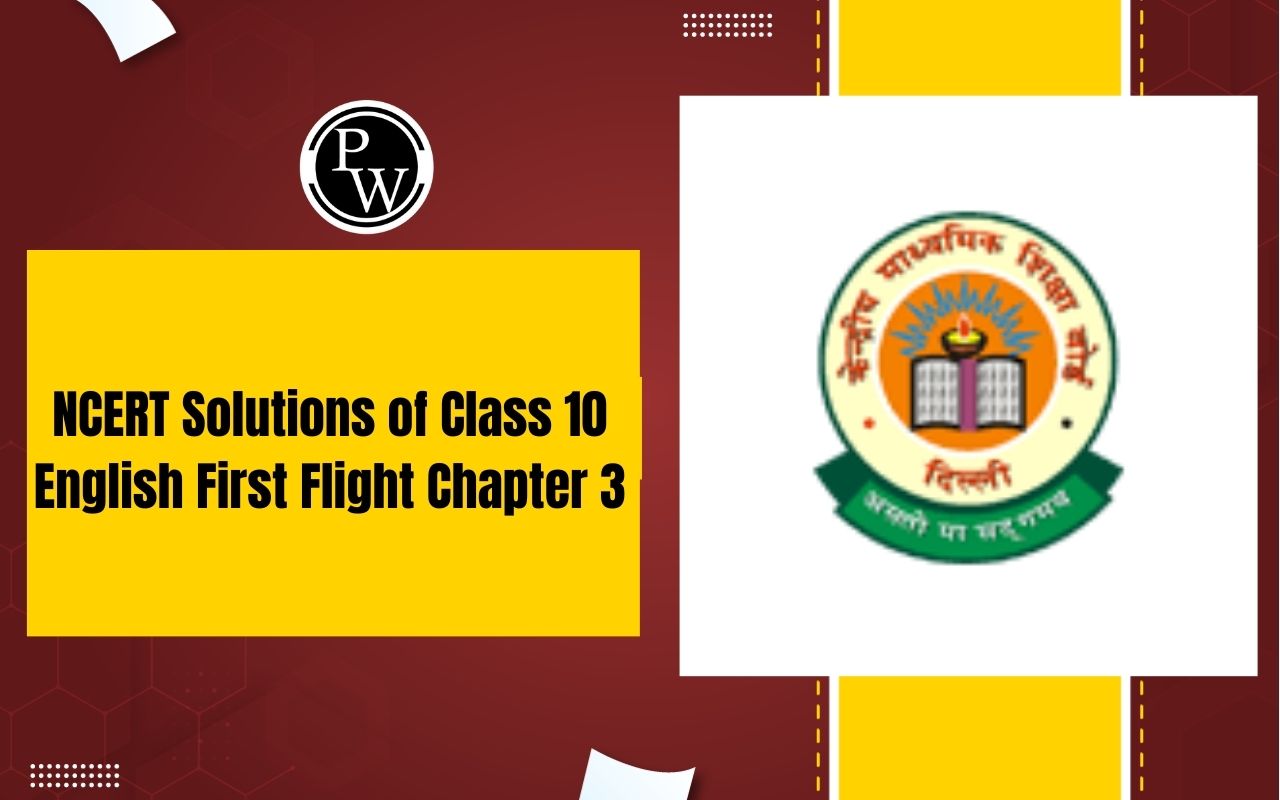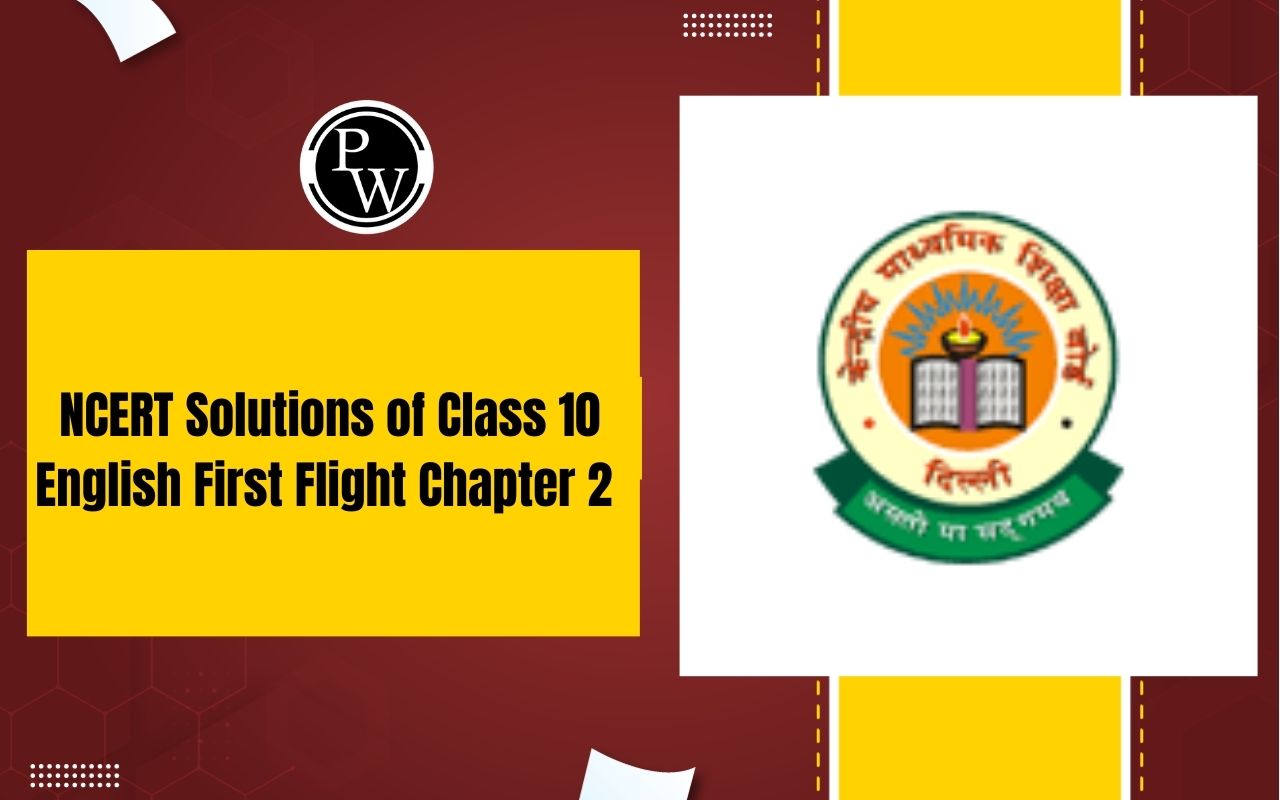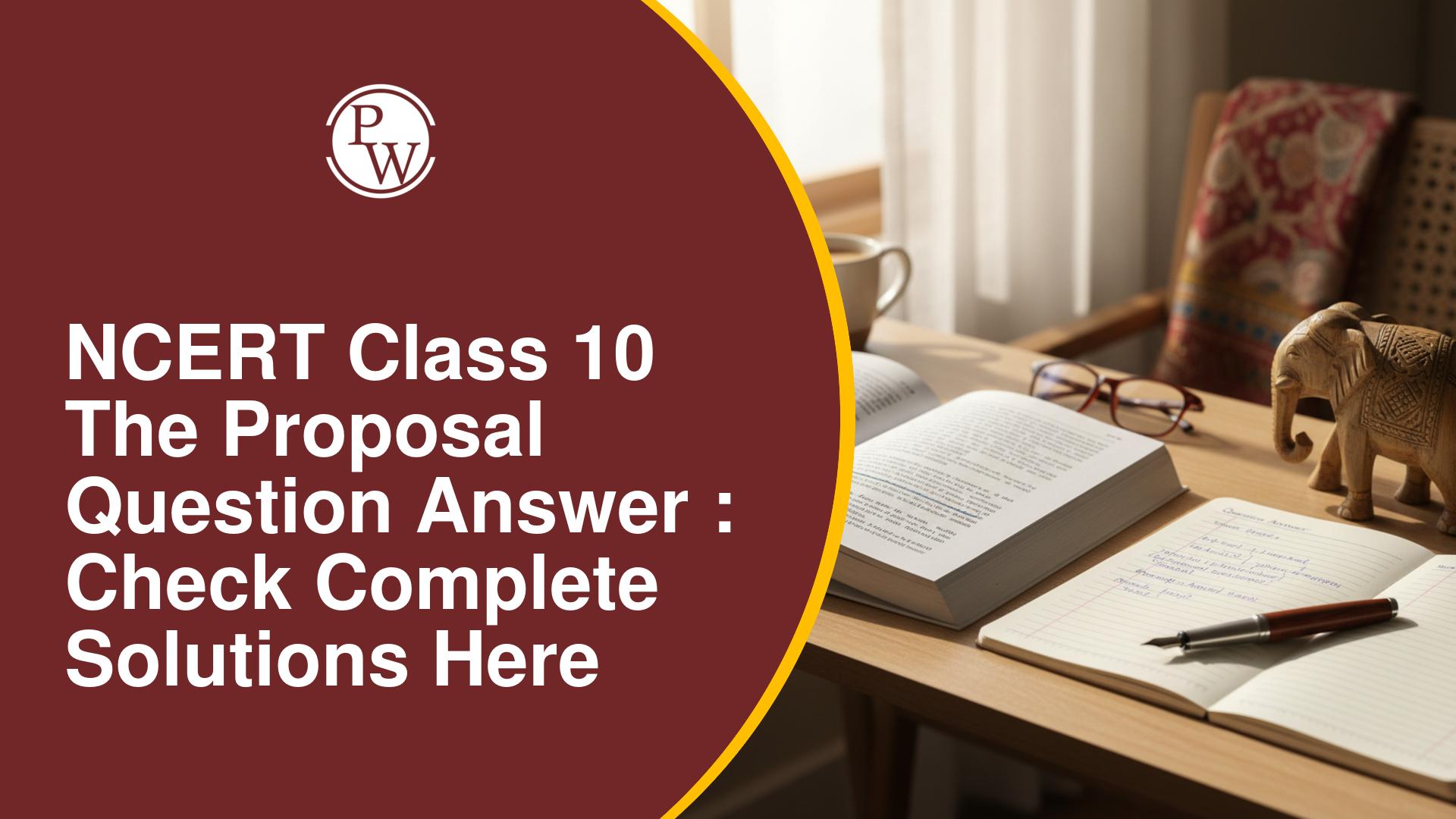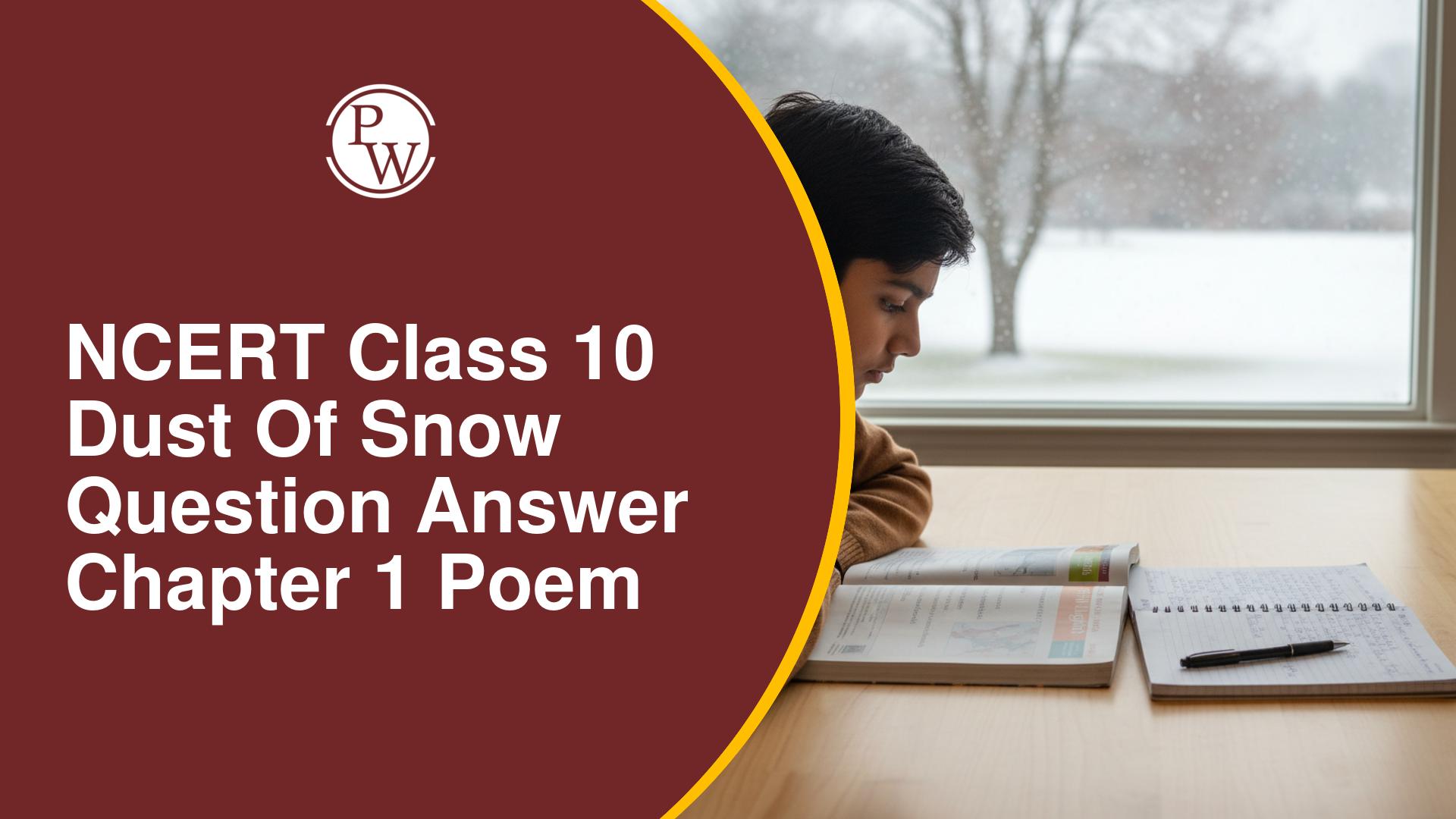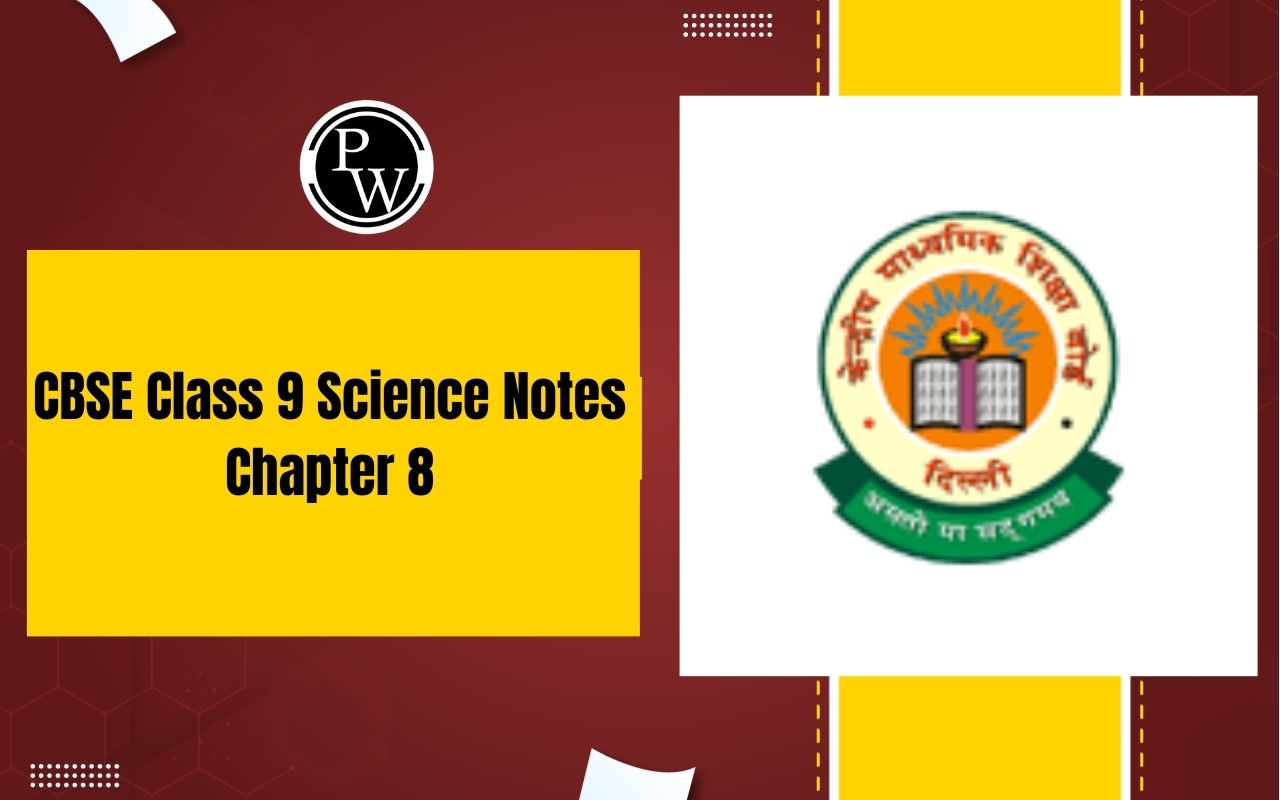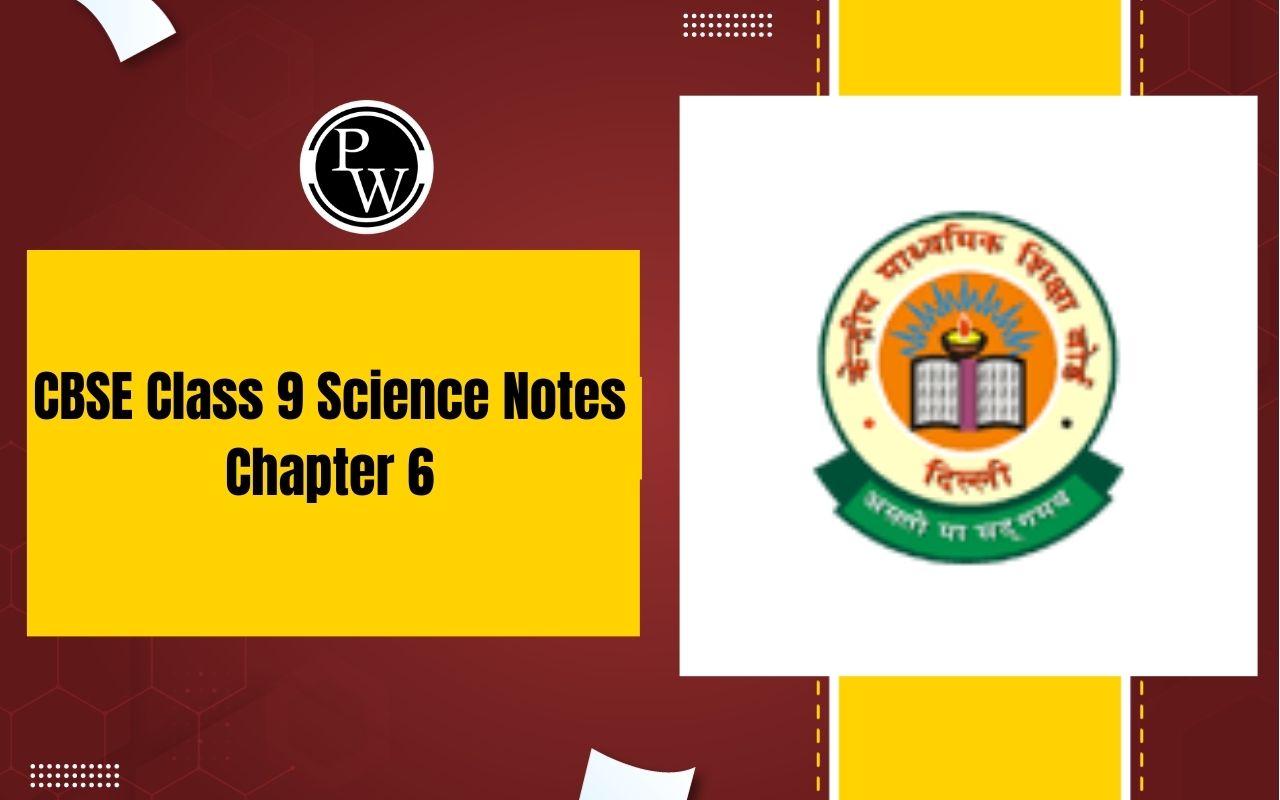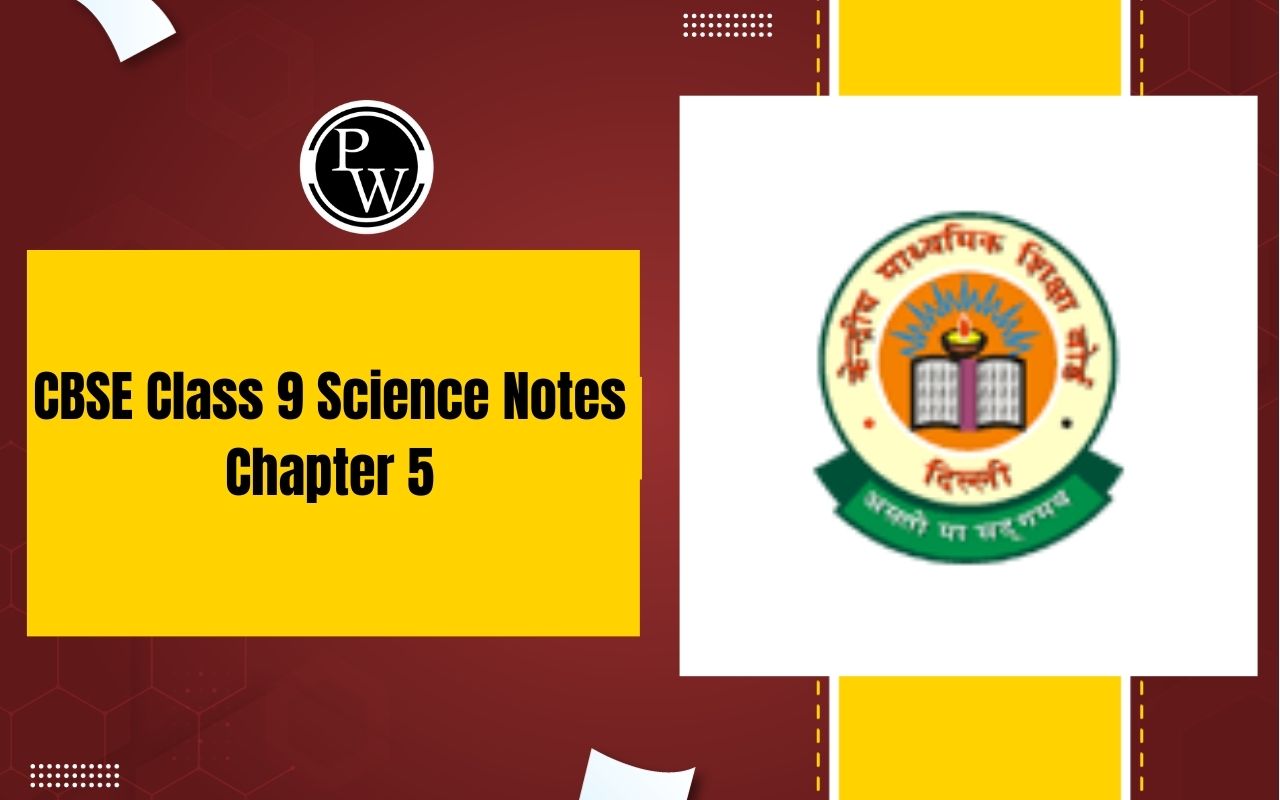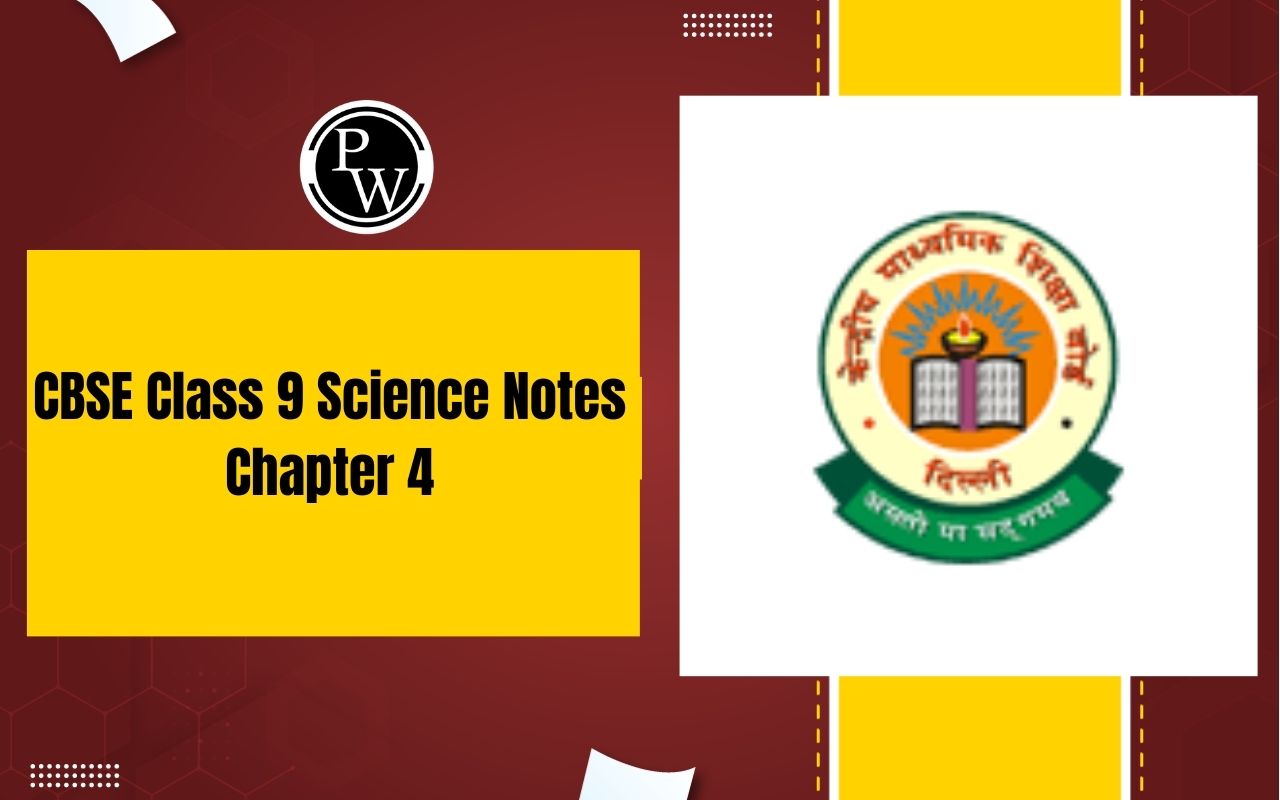
In this article, we will discuss a unique mechanism called the Chemiosmotic Hypothesis in which the ATP molecules are produced with the help of the ATP synthase in photosynthesis.
Using a biological process called photosynthesis, plants use sunlight to produce food and oxygen. The procedure requires the plant to make glucose, which it then utilised to make the compounds needed for growth. Alternatively, it may be kept as starch and converted back to glucose when the plant requires it. Finally, it might be released during respiration, liberating the molecules' stored energy.Aerobic and Anaerobic Respiration
History of Chemiosmotic Hypothesis
- Living things may create ATP, or adenosine triphosphate, using energy that is supplied by food, light, or a variety of other sources.
- ATP generation is connected to respiratory and photosynthetic activities, which are mediated by sophisticated redox enzymes housed in lipid membranes. This is common information today.
- Peter Mitchell's chemiosmotic hypothesis, which he initially proposed as a mechanism for this in 1961, was quickly disputed.
- On March 9, 2016, Professor Peter Rich of University College London gave a captivating talk at New York University London that traced the development of Mitchell's chemiosmotic theory and showed how a disproved hypothesis eventually became a recognised theory.
- The way Professor Rich approached Mitchell's thesis was fascinating. He discussed the several scientists whose research had inspired Mitchell's theories.
- These researchers included David Keilin with his theory of the cytochrome respiratory chain, Han Krebs with his work on the citric acid cycle, and Robin Hill with his discovery of the well-known Hill reaction and advancements in the study of photosynthesis.
- All of this earlier research established the fundamentals of how cells produce energy and raised the question of how the power from the electron transport chain was transferred to the enzyme-producing ATP.
- Except for Mitchell, who proposed the chemiosmotic hypothesis by incorporating the broad physical and chemical concepts established by earlier scientists, no one else seemed to have a sufficient response.
- According to Mitchell's theory, the membrane in which the electron transport chain and ATP synthesis are contained is impermeable to protons, the compounds involved in the two processes are in contact with one another or the membrane's opposite, protons are exchanged across the membrane, and ultimately the two processes are separated.
- Since his concept went against conventional biology and biochemistry and occasionally outraged scientific community members, Mitchell founded a separate research facility at Glynn House in Cornwall, where he and his longtime partner, Dr Jennifer Moyle, worked to investigate their hypothesis.
- He eventually received the Nobel Prize in Chemistry in 1978, even though it took years for his idea to become accepted.
Introduction
Chemiosmosis is the term used to describe how ions cross semi-permeable membranes, such as the membrane inside of mitochondria, to migrate. The term "ions" refers to molecules with a net electric charge. One example is using N a + , C l - and H + specifically in chemiosmosis to produce energy. The chemiosmosis process involves the movement of ions down an electrochemical gradient or an electrochemical potential gradient. (a form of potential energy). Ions travel through a membrane by chemiosmosis, diffusion between high and low-concentration regions. The movement of ions also balances the electric charge across a membrane.Process of Chemiosmotic Hypothesis
The Chemiosmotic Hypothesis states that the ATP-Adenosine Triphosphates are produced in chemiosmosis because of the proton gradient across the thylakoid membrane.- The chemiosmosis process needs the proton gradient, ATP synthase, and proton pump, among other crucial components. The enzyme required to generate ATP molecules is known as ATP synthase. The ATP synthase enzyme comprises two subunits F0 and F1 . The F0 subunit is required to translocate protons across the membrane.
- As a result, the structure of the F1 subunit is changed, activating enzymes.
- The enzyme phosphorylates ADP, converting it into ATP by adding a phosphate group. A proton gradient that crosses the membrane serves as the primary source of propulsion for ATP synthase.
- During the light reaction phase of photosynthesis, chlorophyll absorbs light with the help of photosystems. The outcome is splitting the water molecules, which release protons and electrons through Hydrolysis.
- The released electrons are transported via the electron transport system as they energise and move up an energy level.
- Meanwhile, the membrane's internal protons assemble after being freed from the stroma. As a result, a proton gradient, a byproduct of the electron transport chain, is created.
- Photosystem I use the electrons from the photolysis of water to convert the few residual protons from NADP+ to NADPH. Eventually, the proton gradient falls, releasing energy and protons that ATP synthase F0 then transports back to the stroma.
- The F1 conformation is changed by the resultant energy, which causes the ATP synthase to convert ADP into ATP.
- Water is photolysed in the direction of the thylakoid membrane.
- As electrons pass through the Electron transport system, H + is transferred from the stroma to the lumen.
- On the stroma side of the membrane, NADP-reductase reaction takes place.
Chemiosmotic Hypothesis FAQs
Who first presented the chemiosmotic hypothesis? What molecule is created by chemiosmosis?
The function of ATP synthase is the synthesis of ATP molecules in nature. The chemiosmotic theory, published in 1961 by a British scientist named Peter Dennis Mitchell, explains how energy molecules (ATP: adenosine triphosphate) are created during photosynthesis. For his role in the development of this concept, he was awarded the Nobel Prize.
What does the chemiosmotic hypothesis propose?
The concept of chemiosmotic force was initially proposed in 1961 by a British scientist named Peter Dennis Mitchell. According to the chemiosmotic hypothesis, energy is released through a sequence of oxidation-reduction reactions when electrons move through an electron transport system. Specific chain carriers can use this energy to push hydrogen ions (H+ or protons) through a membrane.
Where in the mitochondria does chemiosmosis occur?
Inside the mitochondrial inner membrane. The inner mitochondrial membrane's electron transport chain (ETC) controls how chemiosmosis occurs. The ETC, a collective of proteins, works together to exchange electrons. The ETC comprises three proteins that function as hydrogen ion pumps.
What ion passes through chemiosmosis to create ATP?
Chemiosmosis is the method through which protons (H+) flow along a proton gradient during cellular respiration. The enzyme ATP synthase joins a phosphate group with adenosine diphosphate (ADP) to produce ATP.
🔥 Trending Blogs
Talk to a counsellorHave doubts? Our support team will be happy to assist you!

Check out these Related Articles
Free Learning Resources
PW Books
Notes (Class 10-12)
PW Study Materials
Notes (Class 6-9)
Ncert Solutions
Govt Exams
Class 6th to 12th Online Courses
Govt Job Exams Courses
UPSC Coaching
Defence Exam Coaching
Gate Exam Coaching
Other Exams
Know about Physics Wallah
Physics Wallah is an Indian edtech platform that provides accessible & comprehensive learning experiences to students from Class 6th to postgraduate level. We also provide extensive NCERT solutions, sample paper, NEET, JEE Mains, BITSAT previous year papers & more such resources to students. Physics Wallah also caters to over 3.5 million registered students and over 78 lakh+ Youtube subscribers with 4.8 rating on its app.
We Stand Out because
We provide students with intensive courses with India’s qualified & experienced faculties & mentors. PW strives to make the learning experience comprehensive and accessible for students of all sections of society. We believe in empowering every single student who couldn't dream of a good career in engineering and medical field earlier.
Our Key Focus Areas
Physics Wallah's main focus is to make the learning experience as economical as possible for all students. With our affordable courses like Lakshya, Udaan and Arjuna and many others, we have been able to provide a platform for lakhs of aspirants. From providing Chemistry, Maths, Physics formula to giving e-books of eminent authors like RD Sharma, RS Aggarwal and Lakhmir Singh, PW focuses on every single student's need for preparation.
What Makes Us Different
Physics Wallah strives to develop a comprehensive pedagogical structure for students, where they get a state-of-the-art learning experience with study material and resources. Apart from catering students preparing for JEE Mains and NEET, PW also provides study material for each state board like Uttar Pradesh, Bihar, and others
Copyright © 2025 Physicswallah Limited All rights reserved.
Get App
